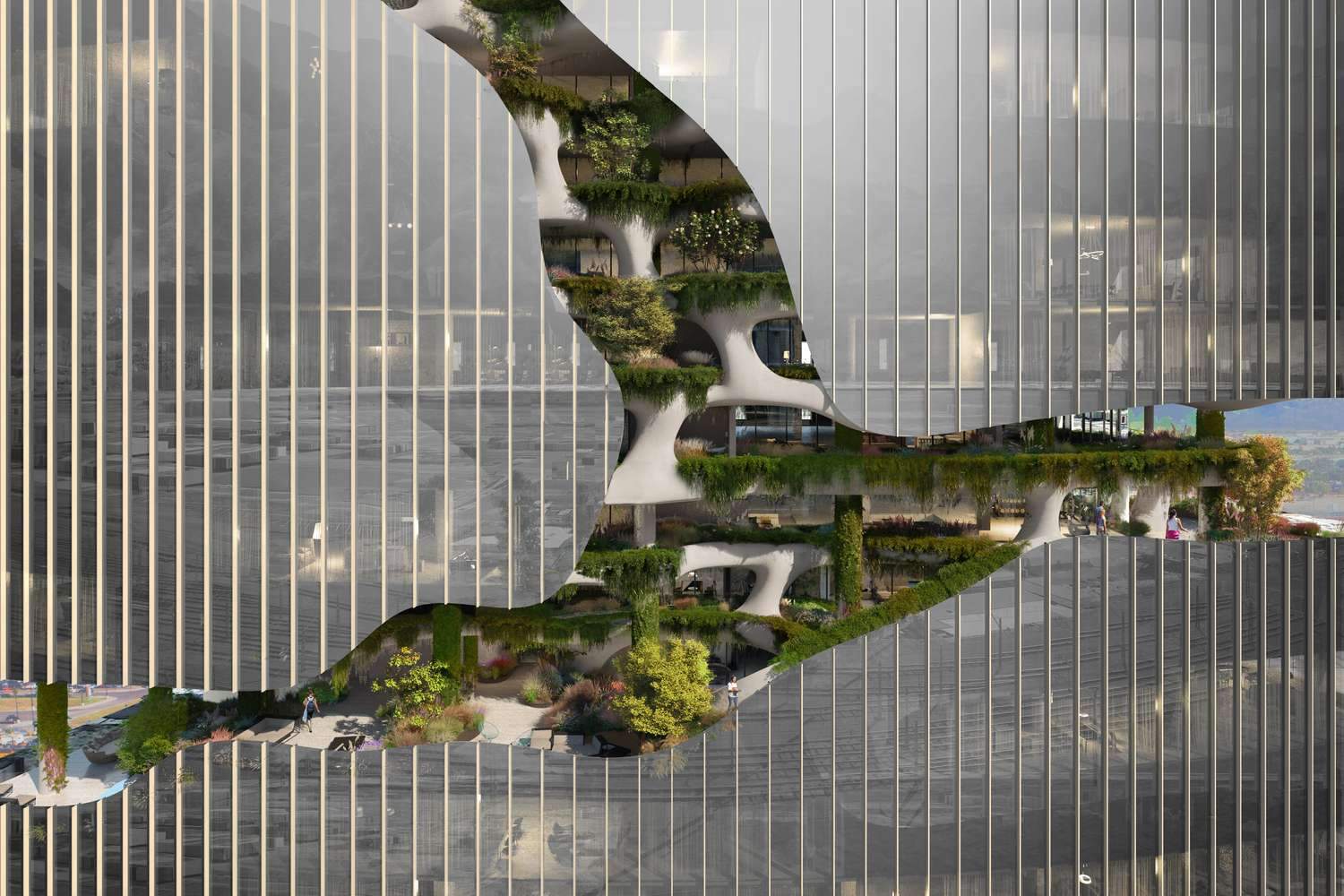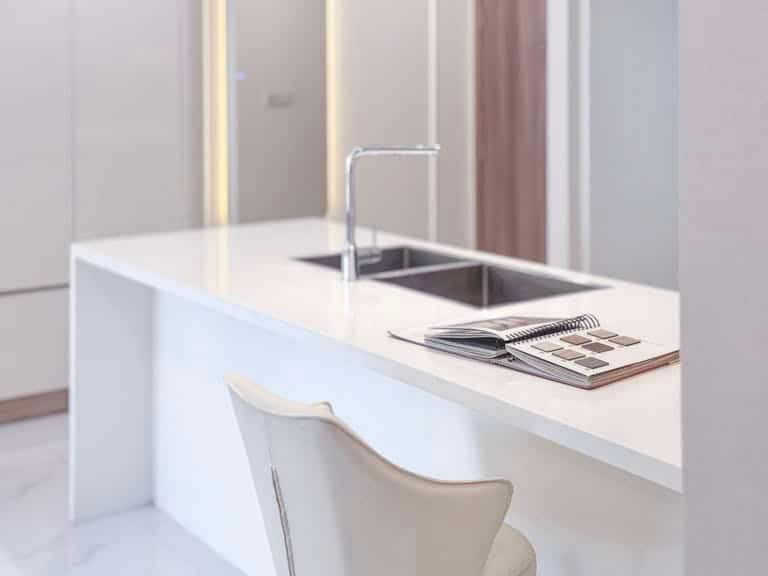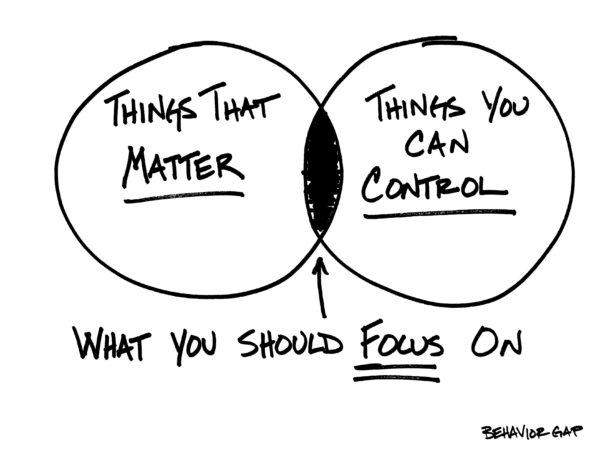Justifications for using hemp as a green building material
Without the use of pesticides and herbicides, hemp can grow up to four meters tall in three months, and hemp output is rising quickly around the globe. There are several reasons for the recent growth in this industry, not the least of which is the perception we all share that what we are doing to the world is not quite working out. This sense is intensifying, but it conflicts with our “business as usual” way of living. Hemp is a sustainable building material that become a profitable crop in the future due to its many uses and green credentials.
The progressive expansion of hemp’s use as a building material is undoubtedly one of the most fascinating and significant aspects of this hemp renaissance. Hemp “shiv,” the woody core of the hemp plant, is crushed into small pieces that resemble fine wood chips and combined with lime-based binder and water to create hempcrete. This mixture hardens to produce a superb wall, floor, or roof insulator. Hempcrete has many benefits over conventional building materials, including being highly insulative, breathable, sustainable, non-toxic, and fireproof.
A genuine green building material
Perhaps it is safe to say that the greatest threat to our future security is climate change, and our buildings contribute to around half of greenhouse gas emissions, both during the building process and in the form of heating, cooling, and maintenance needs after they have been occupied. A truly sustainable building material, hempcrete has the potential to lower greenhouse gas emissions at each of these stages. Due to its quick growth, hemp can lock up more carbon per hectare than just about any other plant, including trees. Plants take carbon from the atmosphere as they grow.
The carbon is locked up for the duration of the building when this biomass is gathered, combined with lime, and put there. By reabsorbing carbon dioxide from the environment as it hardens, lime also balances the energy spent to produce it. The majority of conventional building materials have high levels of embodied carbon, which means that during manufacture, they release a sizable amount of carbon dioxide into the atmosphere. Hempcrete is carbon negative because during production it absorbs more carbon than it emits. To put it into perspective, 110 kg of carbon will be removed from the atmosphere by one cubic meter of hempcrete.
A typical hempcrete house would store 5.5 tonnes of carbon throughout its lifetime because it would require approximately 50 cubic meters of hempcrete to construct its walls. In contrast, the walls of a more typical modern home of comparable size would probably release 48 tonnes of carbon dioxide into the environment. 1 For each home created, and save 53.5 tonnes of carbon. It is evident that the carbon balance is not even close. And that using hempcrete to construct can dramatically cut carbon emissions. Therefore, making it a more sustainable building material, despite minor modifications in calculation methods.
Insulation
The carbon savings potential of hempcrete doesn’t have a limit to this. Hempcrete is an insulative walling material that possesses the features of moisture management and thermal mass. These are vital for lowering carbon emissions and lowering energy costs. These characteristics are largely disregarded by building codes. This result in hempcrete structures using less energy to keep inhabitants warm and comfortable.
slow development
Despite its many benefits, hempcrete is only for close to forty years, and advancement has been gradual. There are various causes for the delayed progress. But none of them are actually due to flaws in the subject matter. Other insulation material producers with a stake in upholding the status quo are in direct rivalry with the hempcrete sector. It is challenging for new advances outside of their traditional industry to gain traction. Because of their capacity to fund lobbying and advance their version of building physics.
Knowledge and experience
As with any new industry, there is a dearth of knowledge and experience within the hempcrete industry. If indeed it is one at all. While some businesses build and renovate with tremendous success, the majority of structures are one-off jobs. These one-off projects demand the same knowledge and abilities as building in higher volumes, just not the same ones. Similar to other types of buildings, hempcrete structures could benefit from economies of scale. But doing so takes both investment and faith. Currently, the diverse but effective hempcrete builders are not banding together to provide this data strongly. And consistently that is audible to policymakers and investors.
Potential future
The raw material for hempcrete will be easier to come by as hemp cultivation spreads around the world and processing facilities remove fiber from shiv. The hemp market will grow quickly if textile producers can switch from using cotton to hemp. Which should allow the price of hemp shivs to remain consistent.
Read more on INJ Architects:
Effects of Environmental Changes on Structures and Developments







